The electric strength test OR dielectric withstand test OR HIPOT test voltage level as specified in EN 60730 standard works out to be 2860VAC for a class II radio product I am developing. The PCB has an isolated switched mode power supply with a 2n2F Y-cap bridging the primary and secondary for radiated emissions control reasons. The PCB also has an SMA connector that sticks out of the plastic enclosure making things difficult.
The product fails HIPOT testing above 1600VAC! Remove the Y-cap and it passes at 2860VAC. I narrowed the failure down to the reactance of the Y-cap and through iterative trials, got a pass at 2860VAC with a Y-cap value of 100pF. However, this caused the product to fail radiated emissions. Following this, I did some research and found several articles advising that you can either remove the Y-cap for HIPOT testing or use DC-equivalent voltage which in this case will be 4044VDC (2860 * 1.414). I tested at 4044VDC and got a pass with the original Y-cap of 2n2F.
I went back to the 60730 standard and found in 'notes' that in fact you can remove electronic components that may render the test impractical and also that a DC potential equivalent to 1.414 times the test voltage may be applied.
I am not convinced because in a real-life scenario in the field where an overvoltage of 2860VAC appears on the power supply, a person who is touching the RF connector could potentially get a shock rendering the product unsafe. So, what is the rationale behind product approvals standards advising removal of Y-cap before HIPOT testing or using DC voltage to get a pass when in fact in practice, a high potential AC overvoltage could appear on power lines and pose the risk of electrocution? Am I missing any key principles?
Many thanks in anticipation of your help in understanding the issue.
